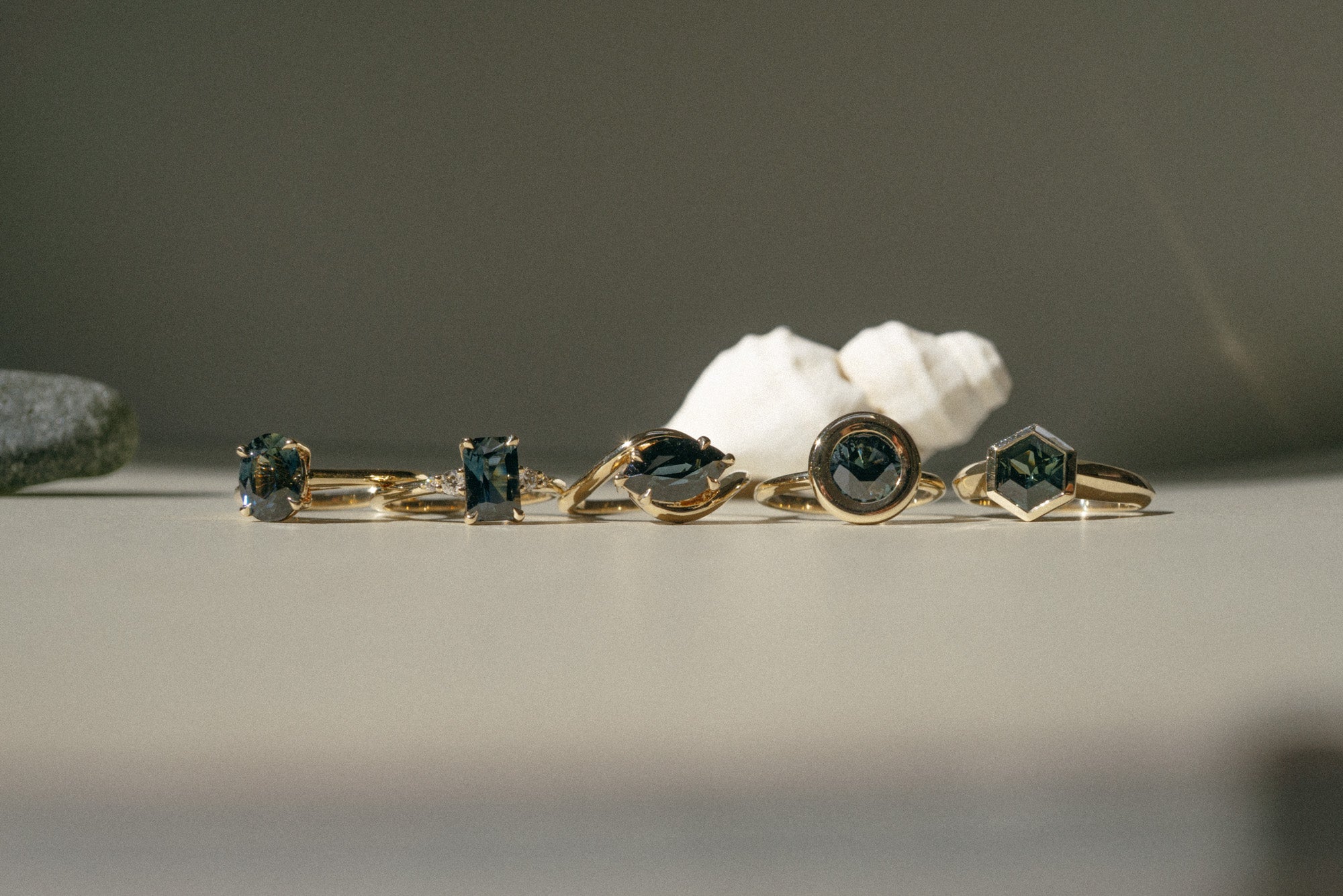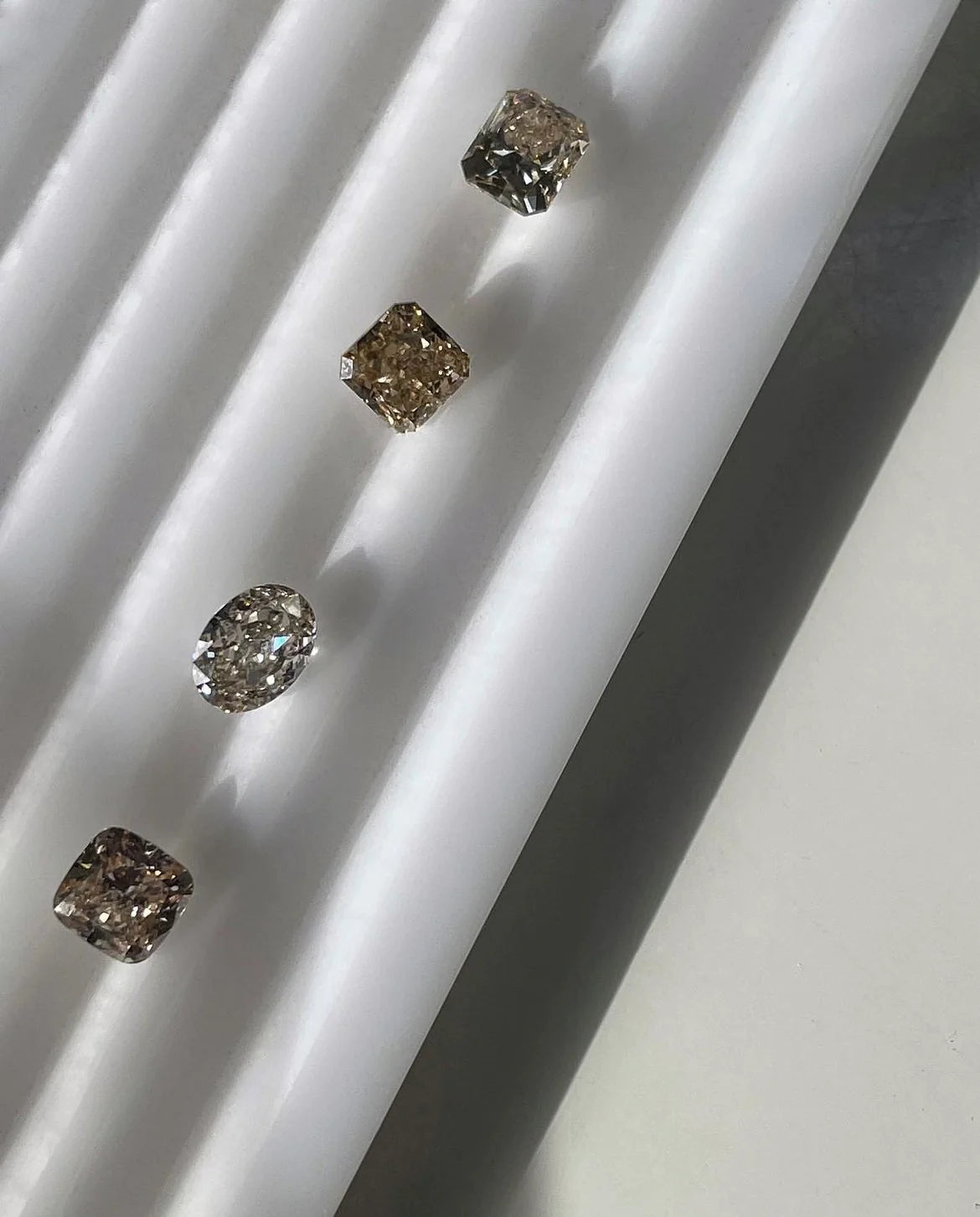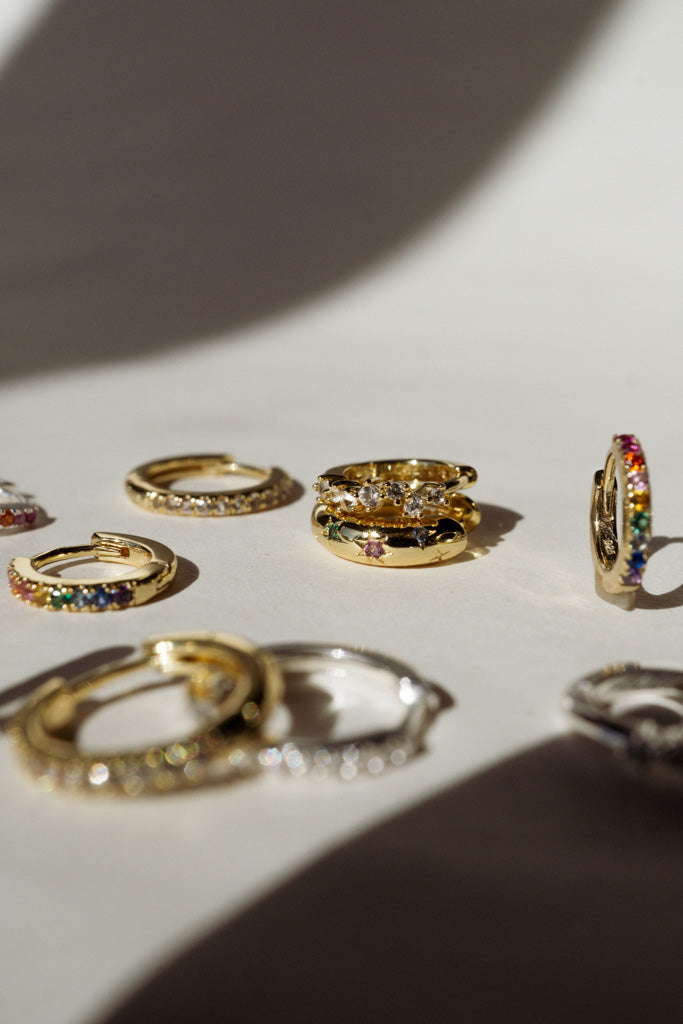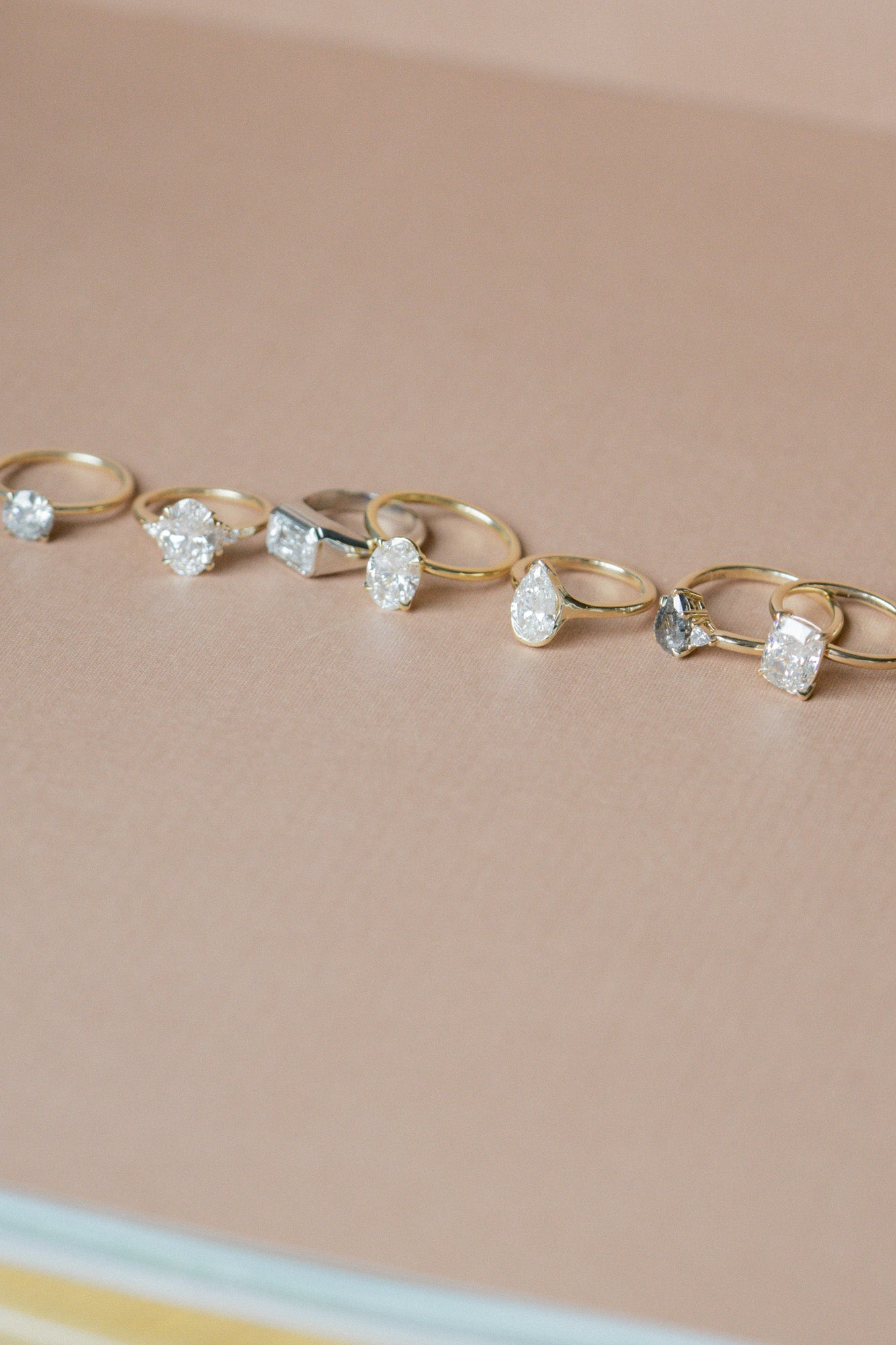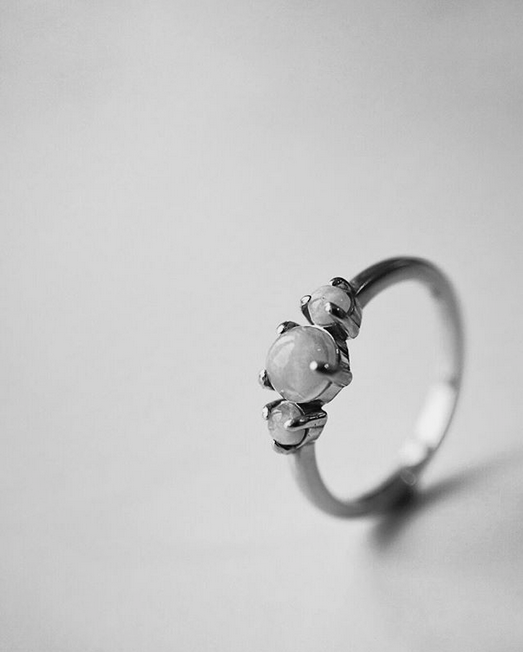
October | In The Eyes Of The Opal


|
October is the month of the opal, the ultimate glimmer of light. Originating from the Greek word
opallios, it means to see a change in color. Each opal is truly unique and full of vibrant pigment.

|
The creation of opals is an fascinating process. 95 percent of the world's opals are produced in the Australian outback. It has great climate conditions for opals to form. When the seasonal rains occur, silica deposits spread underground through the layers of rock. As the water evaporates the deposits produce stunning opals in the rock. Opals can also be created in wood, sea shells and fossils if the climate is right.

|
There are two main varieties of opals - precious and common. Precious opals display a large amount of 'play of color'. This means the opal will display a variety of spots, sparkles, flashes, and pigment throughout the stone. Common opals are more iridescent and glowing, having a white coloration.

|
They come in quite a few categories of color - White to Light, Black, Fire, Boulder, and Crystal to Water. The range of color can make the opal translucent to opaque and shadowy. Each stone is unique and has a variety of 'play of color'.

|
Opals and moonstones are delicate and need special care to insure their longevity. They are sensitive to light and quite soft ranging from 5.5 - 6.5 in the Mohs hardness scale. For reference, a diamond is 10 on the hardness scale. To insure your stone will be from cracks and discoloration be sure to not wear them in water, increased heat or very cold temperatures.

|
Shop our limited edition Opal Collection here.

|
By Foe and Dear
